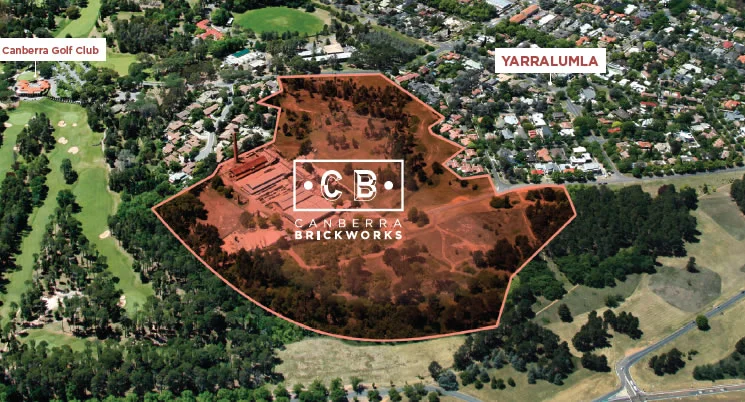This month’s myth addresses mistaken assumption that offering people less influence over a decision translates to the organisation having increased control over the process and outcomes.
Some engagement processes lend themselves to a lower level of influence than others, However, if the intention is to reduce influence in an attempt to ‘manage’ the process, control outcomes, cut corners or minimise time and resources, organisations can find themselves in hot water.
Read on for 6 key questions you can ask to determine the right level of influence and a list of helpful reading and resources.














